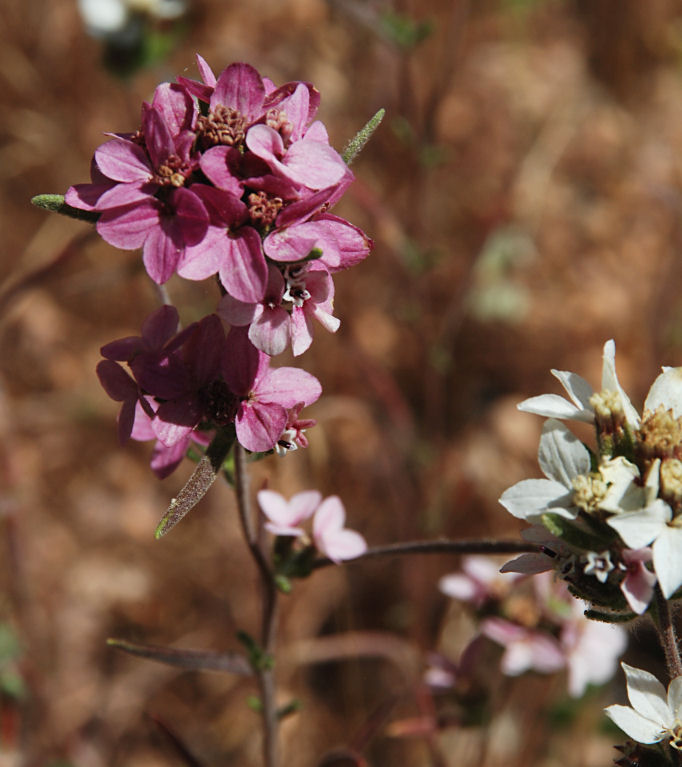Annuals, 5-120 cm (mostly self-incompatible). Stems erect to spreading (unbranched or branched). Leaves basal and cauline (at least basal mostly withering before flowering); usually mostly alternate (opposite in C. oppositifolia); sessile; blades linear (grasslike), margins entire or sparsely toothed (revolute), faces often scabrous. Heads radiate, usually borne singly or in open to dense, corymbiform or ± spiciform arrays, sometimes in axillary glomerules. Peduncular bracts (and reduced, distal leaves; peduncles often relatively short, bracts crowded, closely subtending phyllaries): tack-glands 0 or 1-6+ (at tips and, sometimes, on margins; margins sometimes thickened or rolled, often proximally pectinate and/or ciliate). Phyllaries falling or persistent, 1-6 in 1 series (each partly enveloping a ray cypsela, commonly with simple and/or tack-glands). Receptacles ± flat, hairy, paleate (paleae falling or persistent, in 1 series between rays and discs, ± connate, forming plicate cups, distinct apices usually acute to acuminate). Ray florets 1-6, pistillate, fertile; corollas white or cream to rose, or yellow, sometimes with proximal dark-red spot (laminae 3-lobed, lobes spreading or ± parallel, lengths 1/4+ total laminae). Disc florets 1-25, usually bisexual and fertile; corollas white or cream to rose, or yellow, tubes shorter than throats, lobes 5, deltate to lance-ovate (anthers usually dark purple, rarely yellow or light brown). Ray cypselae usually obcompressed (± 3-angled, abaxial sides ± 2-faced, angles between those faces 90+°, adaxial sides ± flat, overall smooth or rough-wrinkled, glabrous or hairy); pappi 0. Disc cypselae narrowly clavate (usually angled in cross section, glabrous or hairy); pappi usually of 6-13 subulate to lanceolate-aristate or shorter and broader scales (longer and shorter often alternating), rarely 0. x = 4, 5, 6, 7.
Calycadenia is nearly confined to the Central Valley and adjacent lower elevations of bordering mountain ranges of California. R. L. Carr and G. D. Carr (1993) recognized nine species; a tenth species is included here. All species except C. hooveri and C. micrantha are strongly self-incompatible. The genus appears to exhibit two contrasting modes of evolution (G. D. Carr 1977). One group of taxa (C. pauciflora and C. fremontii complex) comprises distinct chromosome races that lack clear and consistent morphologic differentiation. The chromosome races are differentiated primarily by reciprocal chromosome translocations and, in some cases, paracentric inversions (G. D. Carr 1975, 1975b, 1977, 1980; Carr and Carr 1983, 2000). In contrast, C. multiglandulosa and C. hispida (combined in this treatment) consist of distinct morphologic races (D. D. Keck 1960b) and lack chromosomal differentiation. Our incomplete understanding of the biology of this genus makes the production of a clear, concise, and practical taxonomic treatment difficult.






